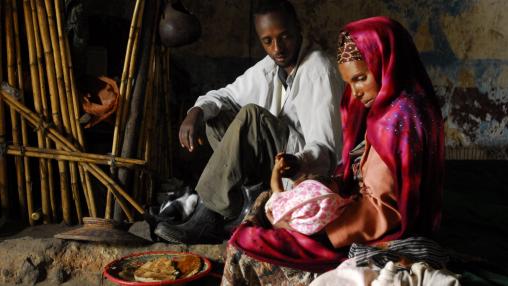
2017 Global Nutrition Report
According to the latest Global Nutrition Report , released in early November, the world remains off-track on meeting nutrition targets, and financing to address malnutrition is not adequate to meet the needs of the problem.
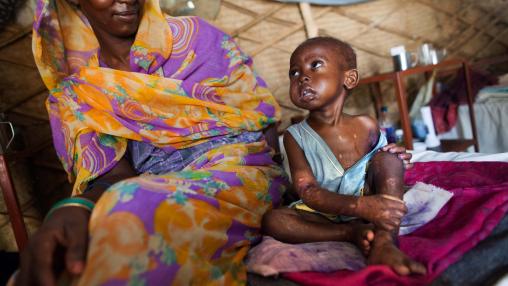
Measuring Child Malnutrition
Malnutrition during the first two years of life can lead to increased risk of child morbidity and mortality. Globally, malnutrition causes 45 percent of all deaths reported for children under the age of 5. In addition, malnutrition can cause suboptimal brain development, which negatively affects cognitive development and can lead to poor educational performance and low productivity in adulthood.
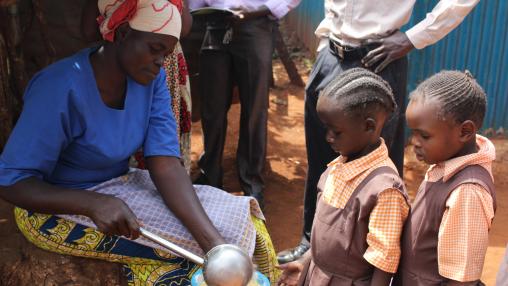
New Malabo Montpellier Report
While significant progress has been made in reducing hunger and food insecurity in Africa in recent decades, around one in five people in the region continue to face chronic undernourishment. In a new report from the Malabo Montpellier Panel, “Nourished: How Africa Can Build a Future Free from Hunger and Malnutrition” , researchers take a systematic country-level approach to identify where progress has been achieved and how to replicate and scale up successful policies.
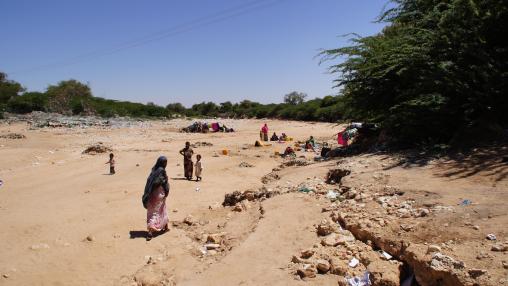
Horn of Africa Facing Drought, Famine
The Horn of Africa received only one-quarter of the expected rainfall from October through December, leading to widespread drought and potential famine conditions. An emergency alert from FEWS Net issued on January 25 states that emergency food assistance needs in the region are “unprecedented”, particularly in Nigeria, Somalia, South Sudan, and Yemen, where the threat of famine is particularly strong. Northeastern and coastal Kenya, southeastern Ethiopia, and parts of Uganda's Karamoja region are also facing acute food shortages and malnutrition.
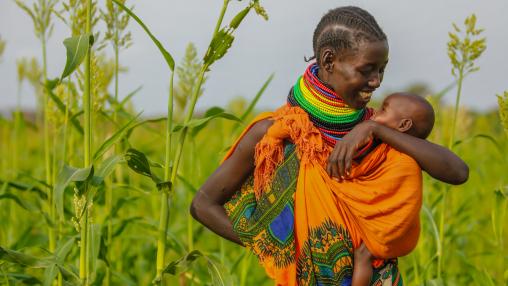
Household Production and Child Nutrition
In 2011, 44 percent of Ethiopia’s children under the age of five suffered from chronic malnutrition. [1] Reducing that number is important not only for children’s current health and well-being but also for their future health and economic productivity as adults. Thus, improving childhood nutrition by expanding children’s diets to include more nutrient-dense foods like legumes and fruits and vegetables has become an important goal for many policymakers.
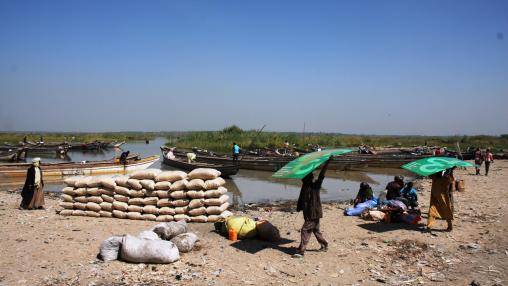
Famine Likely in Nigeria
According to a special report put forth last week by FEWS Net, several areas of Nigeria likely experienced famine during 2016 and continue to face the threat of famine into 2017.
One area of particular concern is Bama Local Government Area (LGA), where the majority of the population is concentrated in Bama Town and Banki Town. FEWS Net reports that available evidence indicates that at least 2,000 people in these towns died from famine-related causes between January and September.
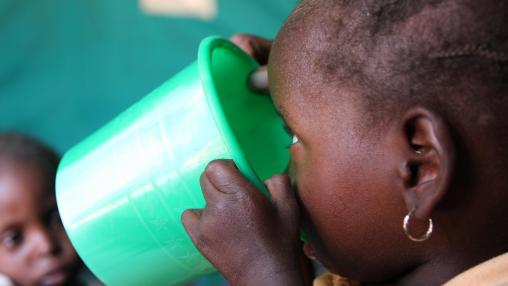
Nigeria Continues to Face Widespread Food Security Emergency
As many as four million people in northeast Nigeria currently need emergency food aid due to ongoing conflict and significant depreciation of the Naira, according to FEWS Net’s latest coverage on the region. Large segments of the population in the northeastern part of the country are in Emergency (IPC Phase 4) acute food insecurity, with limited data suggesting some populations could even be facing possible Famine (IPC Phase 5) food insecurity.

Hunger in Africa Highest in World
While global hunger has fallen significantly since 2000, hunger levels in Africa south of the Sahara remain high – they are, in fact, the highest in the world. This is the finding of the 2016 Global Hunger Index , released today by IFPRI, Concern Worldwide, and Welthungerhilfe.

Reducing Child Stunting in Zambia
Stunting, or low height-for-age, remains a significant development challenge throughout much of Africa south of the Sahara. According to the World Health Organization (WHO) , childhood stunting can have significant long-term effects, including decreased cognitive and physical development, increased vulnerability to disease, and reduced productive capacity into adulthood.
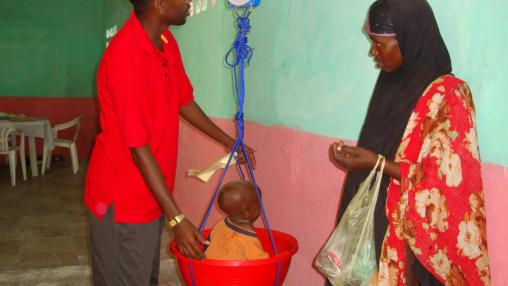
Battling the Dual Challenge of Undernutrition and Overweight
Despite increased attention from policymakers and health professionals, malnutrition continues to be a major global health problem. According to the 2015 Global Nutrition Report: Africa Brief , almost one in three people suffer from some form of malnutrition worldwide. The highest concentration of malnutrition is found in Africa south of the Sahara; in this region alone, an estimated 220 million people are calorie-deficient, 58 million children under age five are stunted (too short for their age), and 13.9 million children under five suffer from wasting (weigh too little for their age).